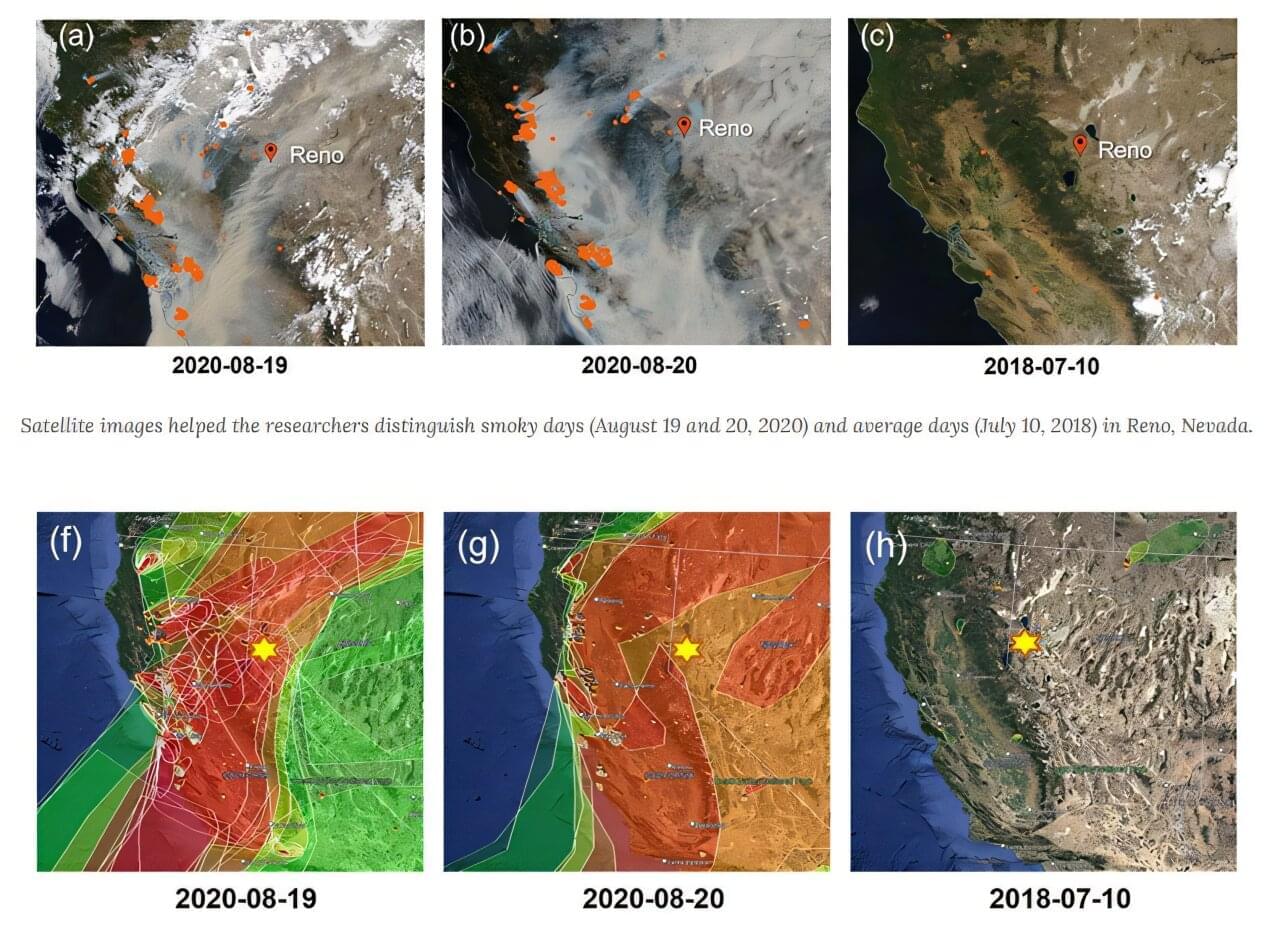With wildfires increasing in frequency, severity, and size in the Western U.S., researchers are determined to better understand how smoke impacts air quality, public health, and even the weather.
As fires burn, they release enormous amounts of aerosols—the vaporized remains of burning trees and homes that enter the atmosphere and the air we breathe. Now, a new study dissects these aerosols and gases to pinpoint their potential effects on our health as well as the planet’s short and long-term weather.
The research, published in Environmental Science: Atmospheres, measured air quality in Reno, Nevada over a 19-month period between 2017 and 2020 to capture both smoky and clear days. During this timeframe, smoke from more than 106 wildfires impacted the city’s air. DRI scientists Siying Lu and Andrey Khlystov led the research, which found increases in both fine aerosols (known as PM 2.5 for the size of the particulate matter) and carbon monoxide during smoky days.

There are many sources of micro-nanoparticle pollution present in the atmosphere.
Reports on pollution concentrate on PM 2.5. Much smaller particulates are present in the environment that are just as toxic, and more so because they bypass the BBB. You know.